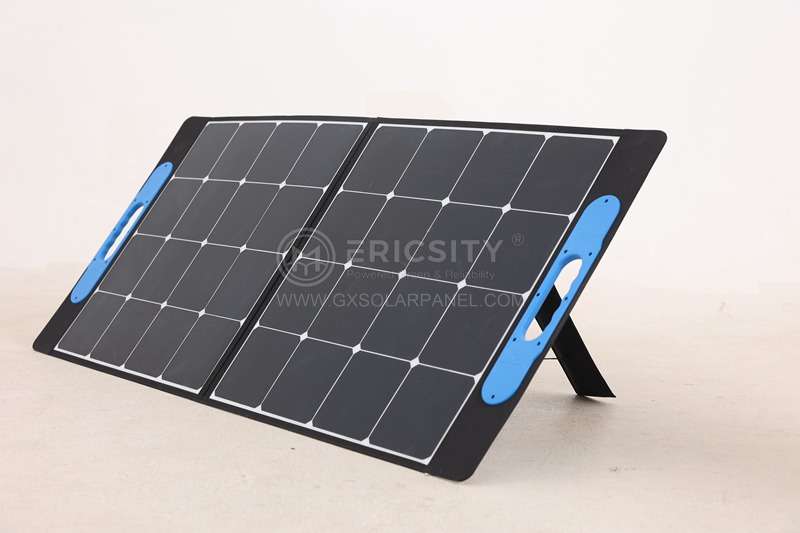HOT PRODUCT
Product Details
Solar Phone Chargers Vs. Traditional Chargers: Which Is Better?
Title: Solar Phone Chargers Vs. Traditional Chargers: Which Is Better?
Introduction:
With the increasing concern over climate change and the need for sustainable energy sources, solar phone chargers have emerged as a popular choice for environmentally conscious individuals. Traditional phone chargers, on the other hand, remain widely used due to their convenience and reliability. This article aims to compare and evaluate these two charger options based on their benefits, drawbacks, and overall effectiveness.
Solar Phone Chargers: Harnessing the Power of the Sun
Solar phone chargers function by converting sunlight into electricity, eliminating the need for electrical outlets. They typically consist of a solar panel, which absorbs sunlight and converts it into usable energy. This energy is stored in a battery or directly passed through a cable to charge the phone. The major advantages of solar chargers include their eco-friendliness, portability, and independence from electrical grids.
Solar phone chargers are an eco-friendly option as they harness renewable energy. By using them, we can reduce our carbon footprint and decrease reliance on fossil fuels. Additionally, solar chargers are portable and convenient for outdoor enthusiasts, travelers, and those without access to electricity. The ability to charge phones in remote locations makes them highly desirable for camping or emergency situations.
However, solar chargers have a few drawbacks as well. They are heavily dependent on sunlight, meaning they may not charge efficiently on cloudy days or in shaded areas. The charging speed is typically slower compared to traditional chargers, especially under suboptimal solar conditions. Furthermore, solar chargers can be more expensive initially, making them less affordable for some users.
Traditional Phone Chargers: The Reliable Power Solution
Traditional phone chargers, commonly known as wall chargers, are the most widely used charging option. They rely on electrical outlets to provide the necessary power for charging phones. The most evident advantage of traditional chargers is their speed and reliability. They tend to charge phones at a faster rate compared to solar chargers. Additionally, wall chargers are relatively inexpensive and widely available, making them universally accessible.
However, traditional chargers have environmental concerns associated with them. They contribute to electricity consumption, which is predominantly derived from non-renewable sources. This dependence on fossil fuels causes carbon emissions and perpetuates climate change. Moreover, traditional chargers limit charging accessibility in outdoor or remote areas where electrical outlets are scarce.

Choosing the Best Charger Option:
When deciding between a solar charger and a traditional charger, one must consider various factors. Firstly, the intended usage and environment play a crucial role. If you frequently find yourself outdoors or in areas without electricity, a solar charger would be beneficial. On the other hand, if charging speed and accessibility are the primary concerns, a traditional charger would be more suitable.
Secondly, cost and affordability are important aspects to consider. Solar phone chargers tend to be more expensive initially, but their long-term benefit in terms of energy cost savings may outweigh the initial investment. Traditional chargers are relatively cheaper and more readily available, presenting a cost-effective solution for most users.

Conclusion:
In the ongoing pursuit of sustainable living, solar phone chargers have gained significant popularity as an eco-friendly and portable charging option. While traditional chargers are still widely used due to their reliable and accessible nature, they are not as environmentally friendly as solar chargers. Ultimately, the choice between the two depends on individual needs, budget, and accessibility to electricity. By making an informed decision, users can contribute to a greener future while staying connected on the go.




